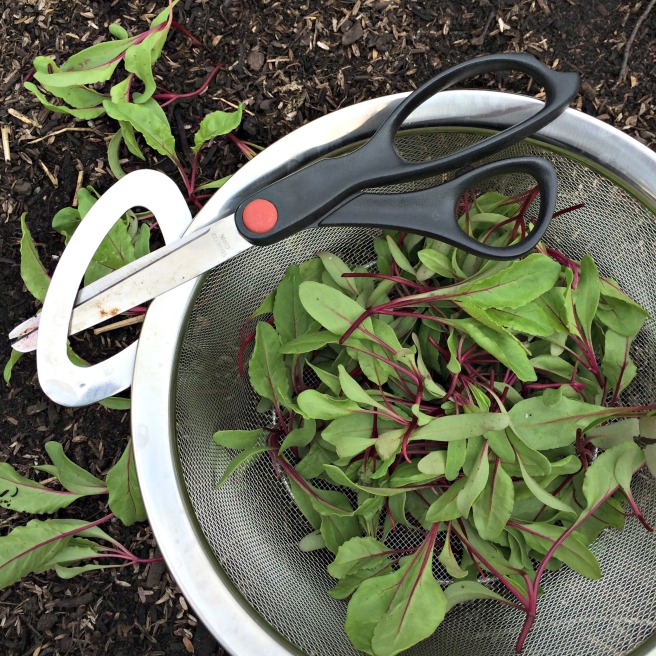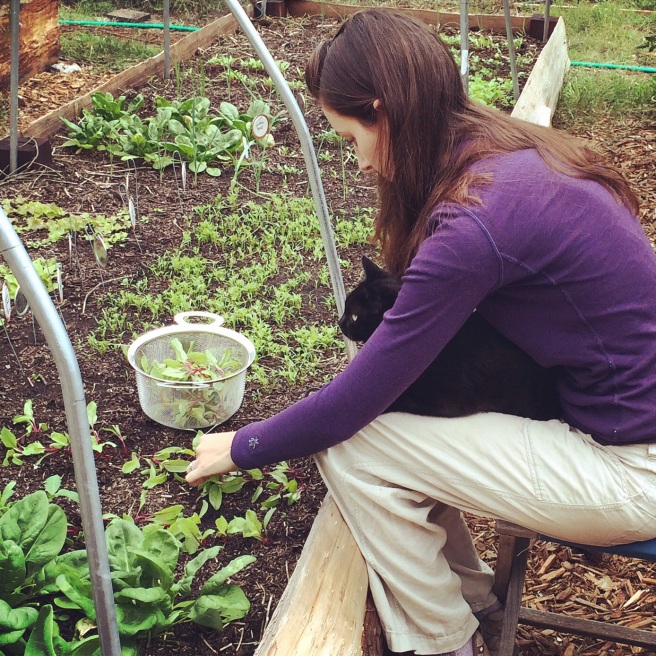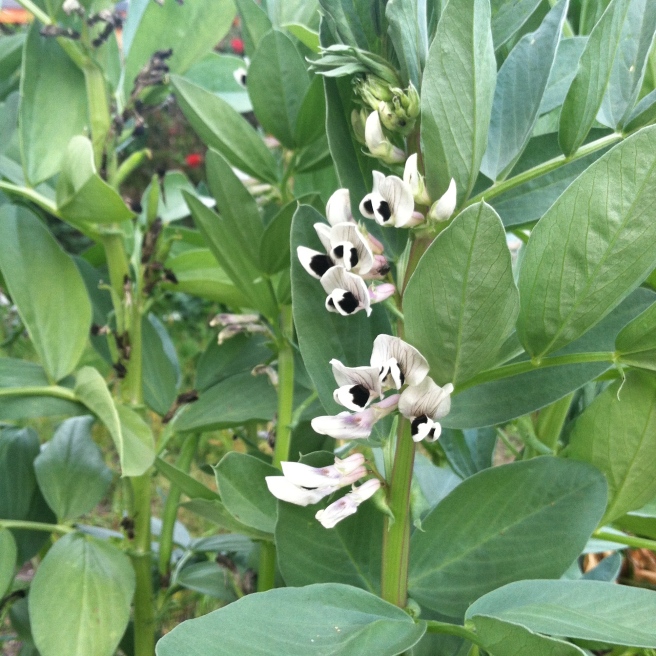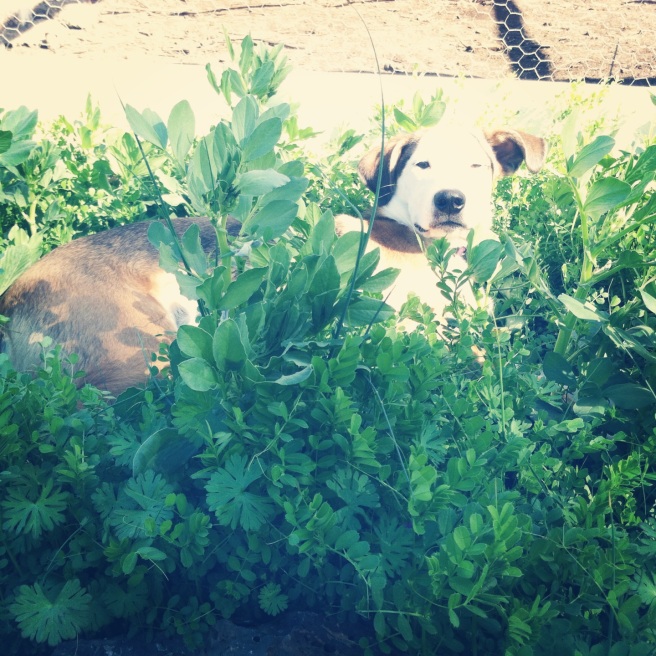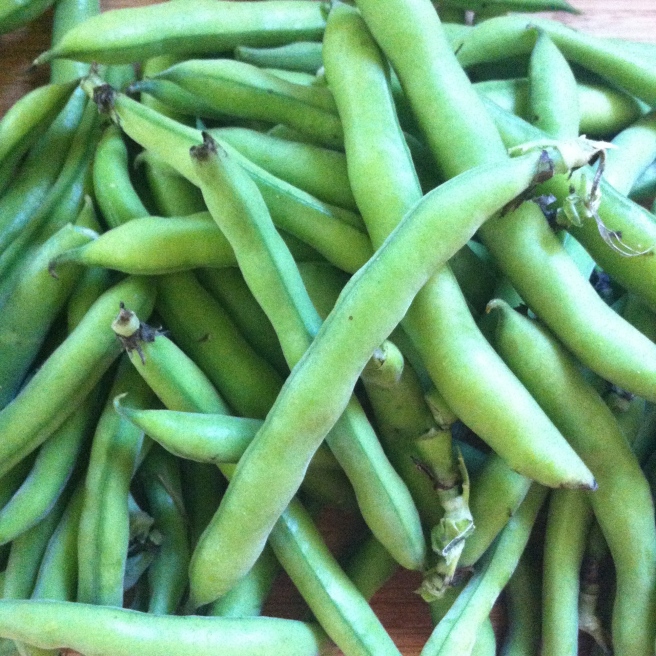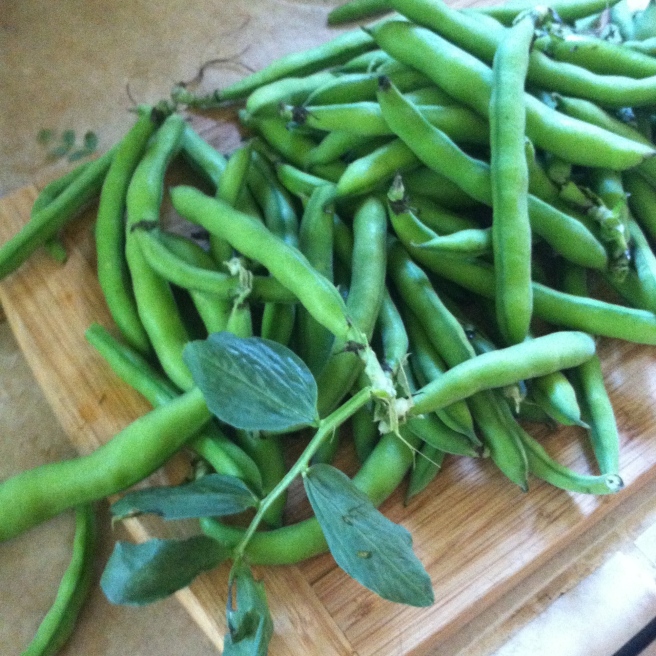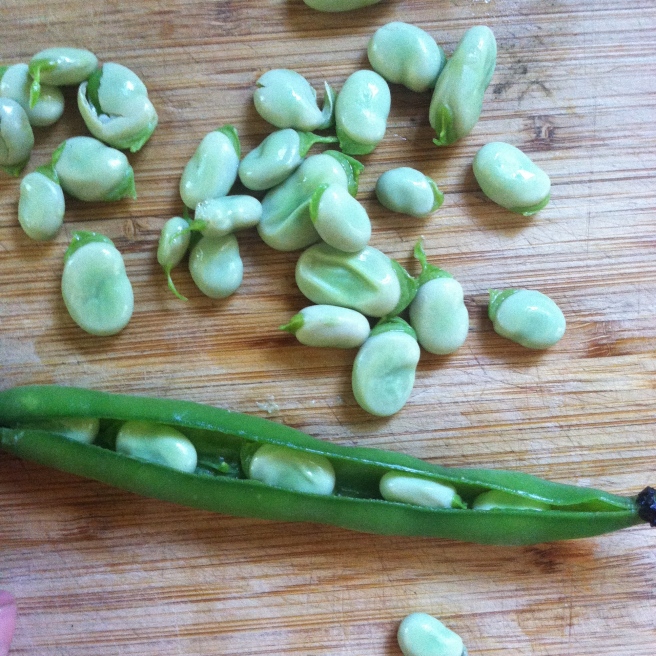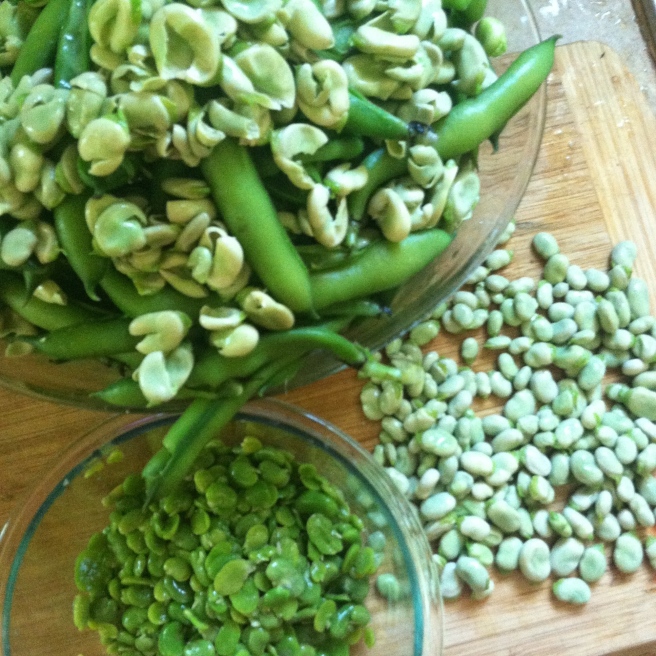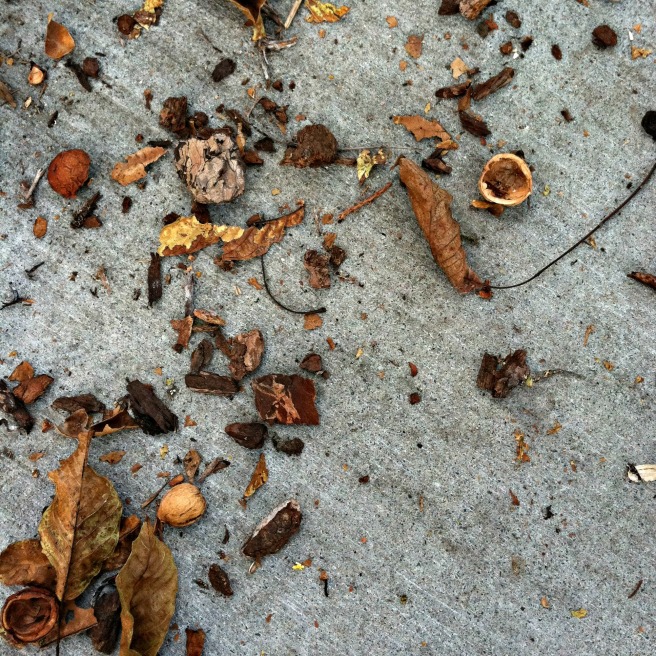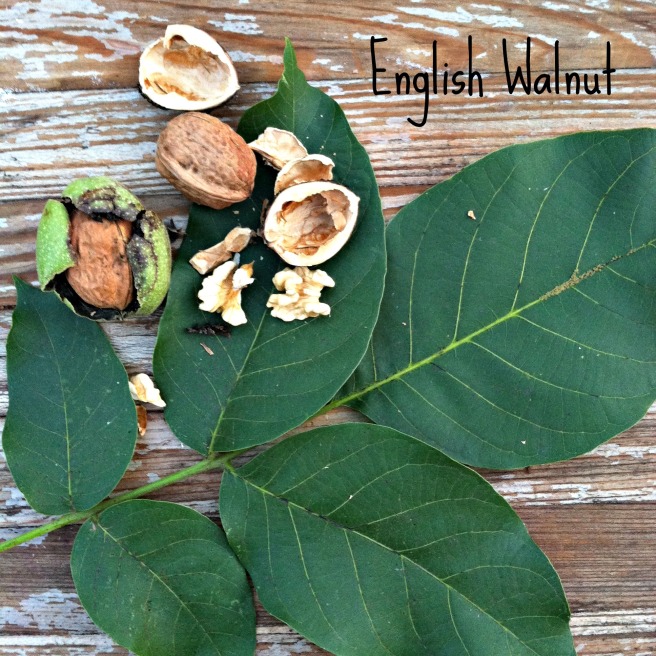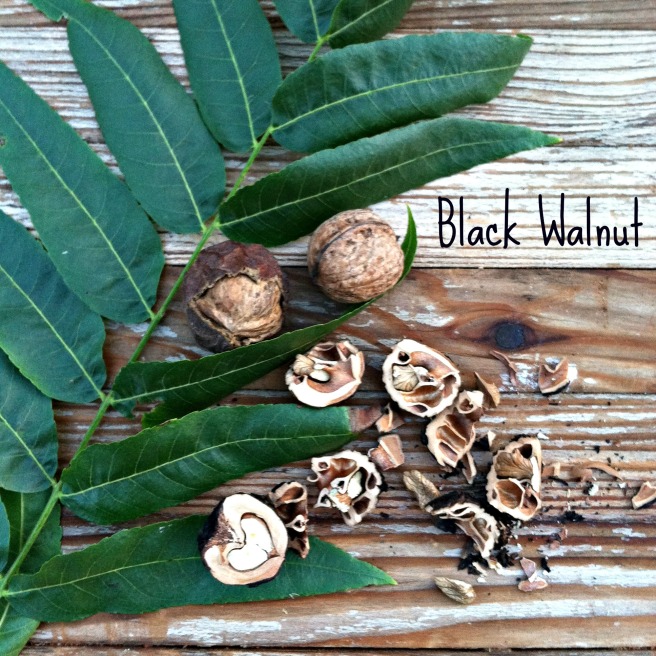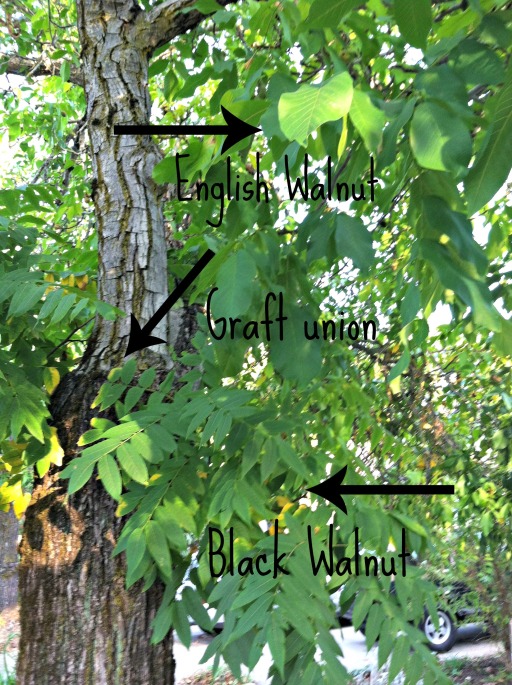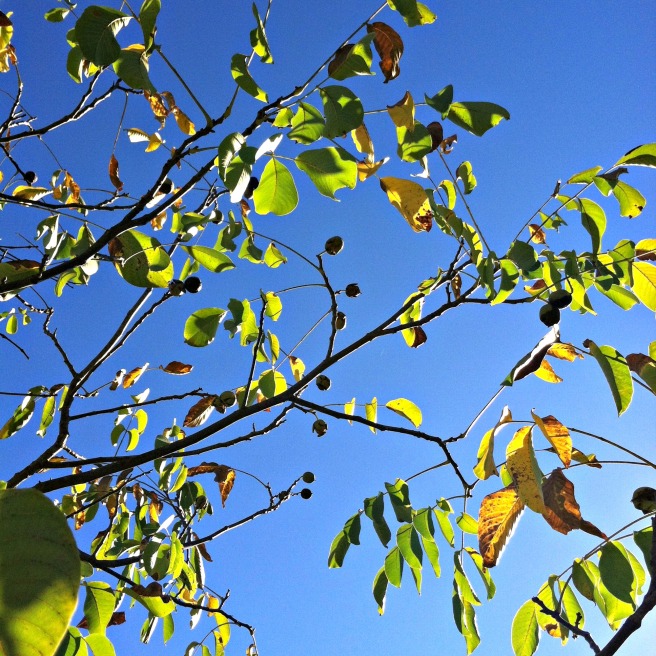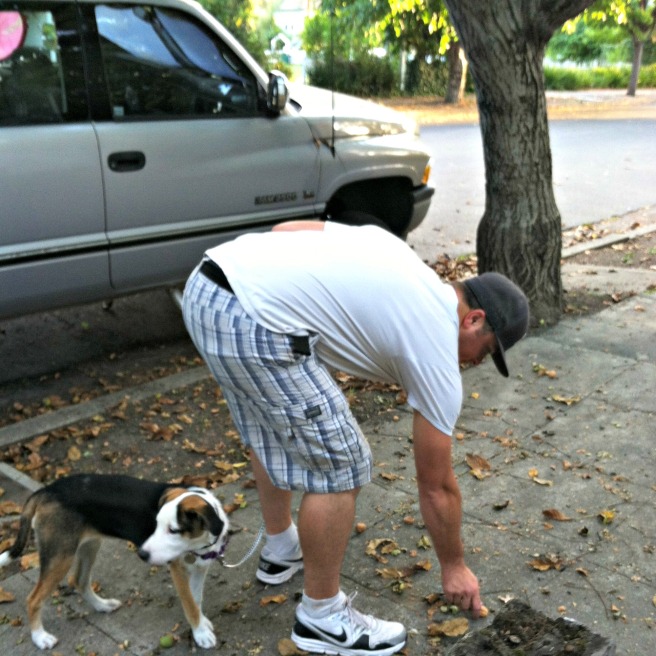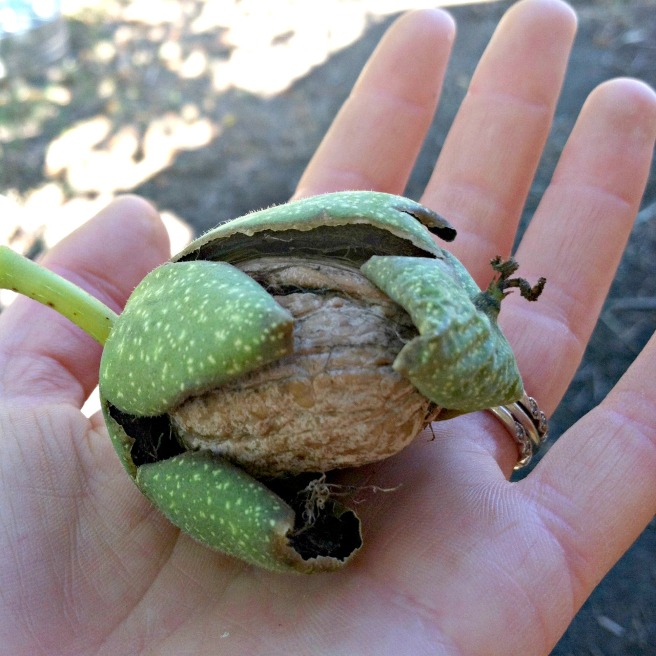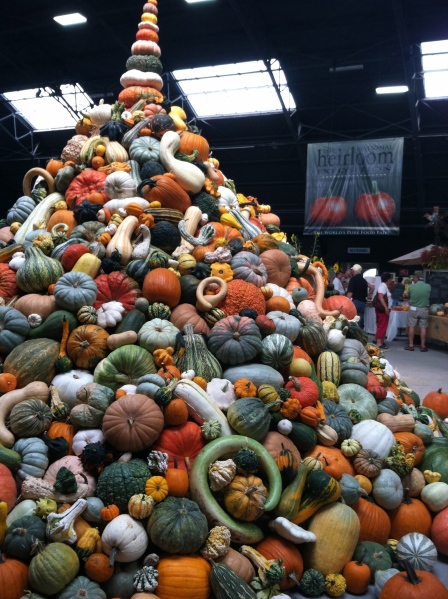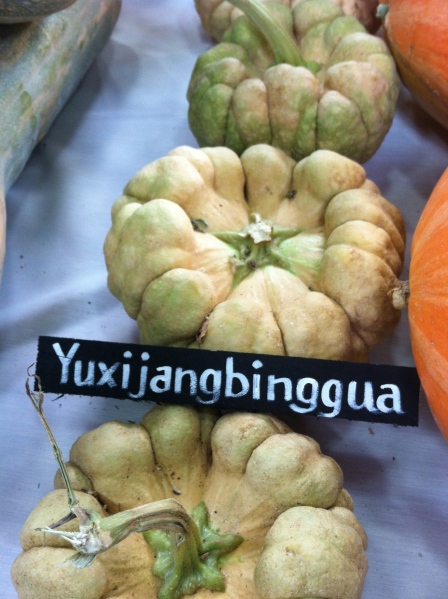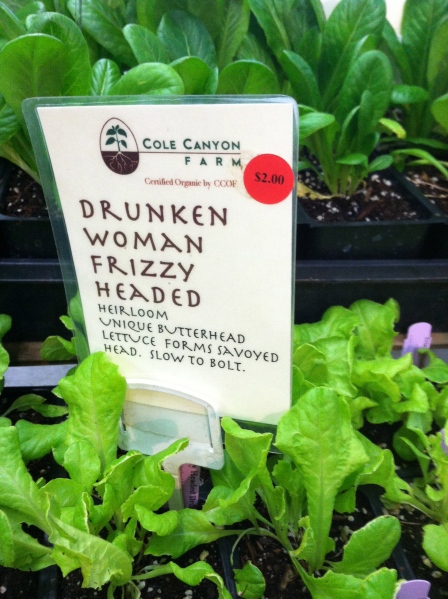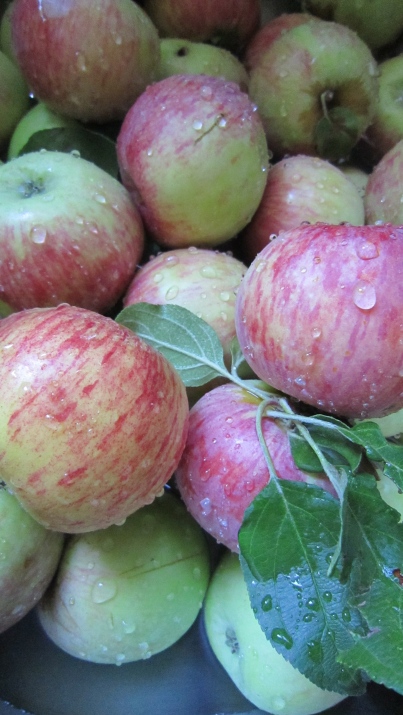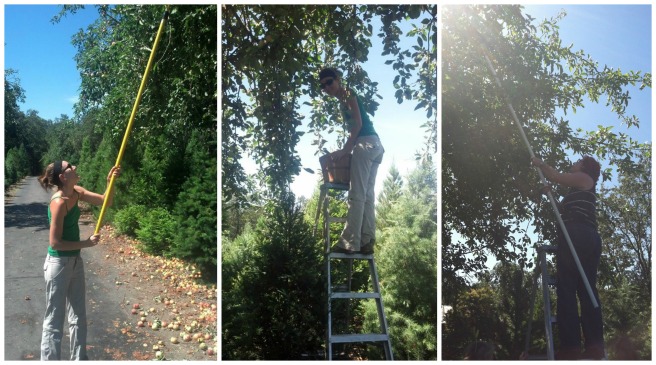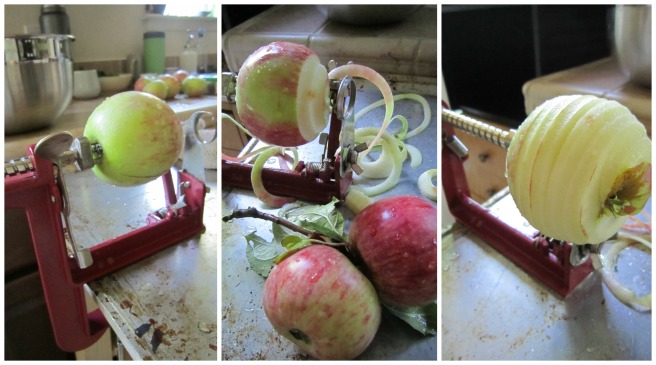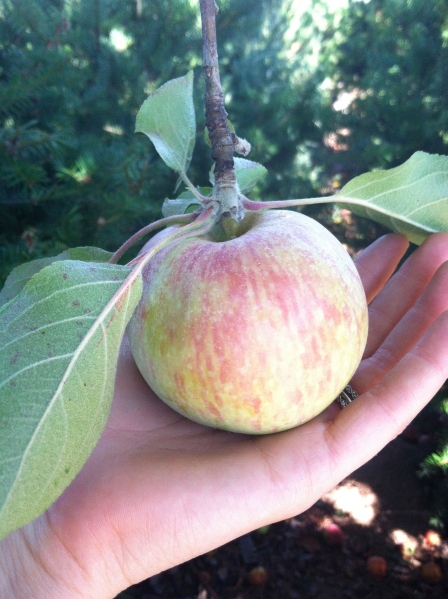In mid-September, I sowed the seeds for the root and leaf bed. Combined with some spinach and leek starts from the nursery, I’m really happy with this bed. I have high hopes that it will get great growth done before the winter cold and dark comes, and provide me with fresh food though out the winter and into the awkward hunger-gap months of winter/spring.
The first seeds up was the arugula, then followed by the beets. Turnips, lettuce, kale, chard, carrots and kohlrabi make up the rest of the space. Just a few days ago, the parsnips finally emerged, after taking their normal sweet-ass time.
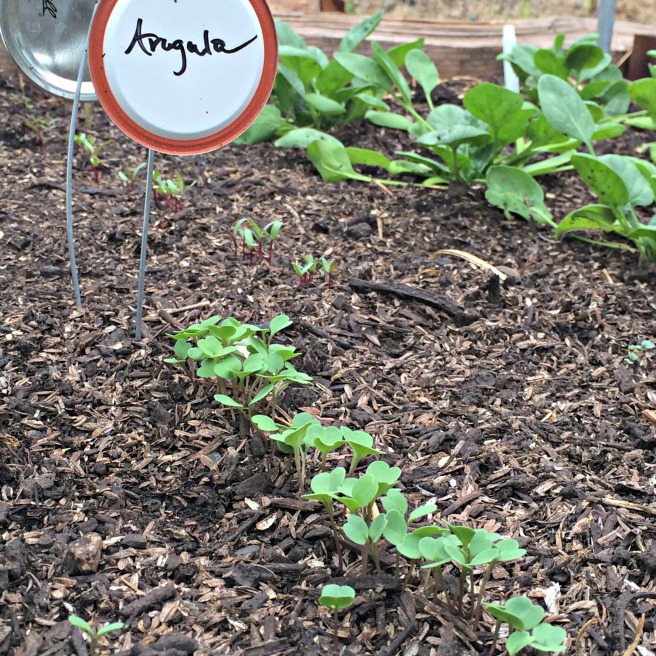
I’m not going to lie, I don’t actually enjoy the gardening task of seeding. Especially when dealing with itty bitty seeds belonging to the brassica family. Don’t even get me started on how obnoxious carrot seeds are. Because of that, I make a small trench with a stick, then haphazardly sprinkle my seeds in. I don’t take the time to carefully space the seeds out, so when they emerge, I’m left with very thick rows of seedlings.
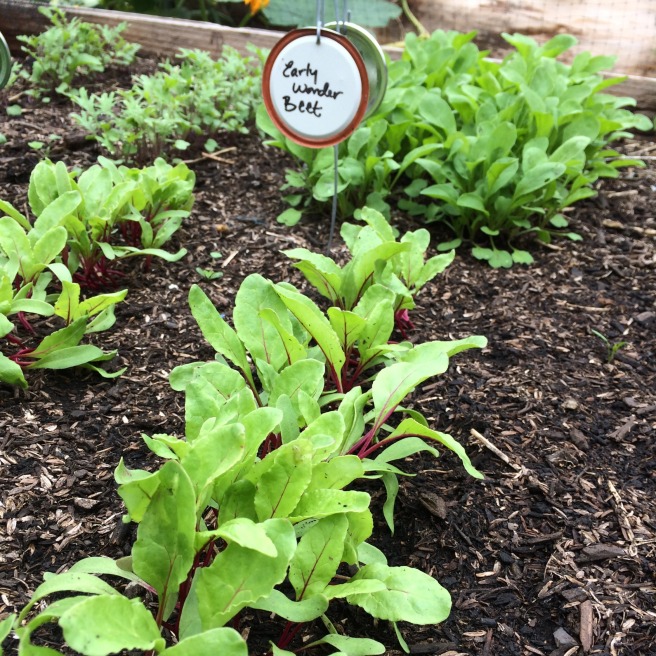
Which is why now, about 3 weeks after sowing, I’m spending time in the garden thinning the seedlings. Working with the baby plants and being surrounded by new life is much more enjoyable than the previous week’s seeds and blank dirt. For a long time, I resisted thinning, feeling horrible for killing these newly grown baby veggies. The decision on which plant to cull was ever challenging for the decision-phopia person that I am: “What if I pull the wrong sprout, and the one I leave is actually weak and will DIE ANYWAYS!!!! What if the one I’m pulling would be the better producer. What if a bug comes along tomorrow and eats all the other ones!!!!!!!! AHHHHHHHH”. Seriously, these are the mind battles I deal with. Anyways, moving on.

But plants can’t grow if they are to close together, so some must be removed. Instead of just pulling them out, I use scissors to cut the stems at ground level. This leaves the roots of the surrounding plants intact, and won’t disturb the rest of the row. You can also just use your fingers to pinch the stems off, but just don’t go pulling them out! I’ve learned the hard way, no matter how careful you are, you’ll pull out some of the seedlings you wanted to leave.
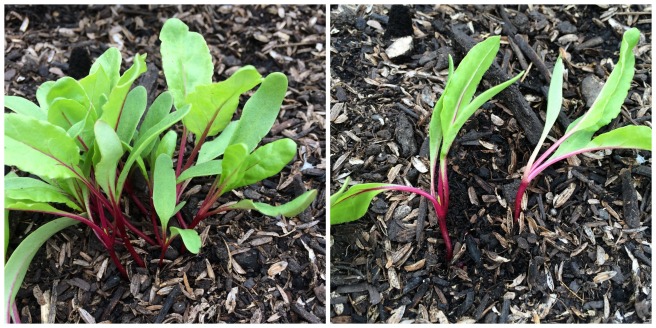
These beets, for example, I thinned to about an inch apart. This will give an opportunity for each plant to grow a delectable baby beet about an inch big, which I will then harvest about every other plant, leaving me with a decent meal and the ability for the remaining beets to reach full size.
And not wanting to waste anything that comes from the garden, I make sure to save the thinnings. Or micro-greens, if you want to be fancy and pay a crap-load for in the store. They make excellent chicken treats or additions to meals. I used the arugula sprouts in a roasted butternut squash and wheat berry salad, and the beet and kale sprouts will likely go into tonight’s chorizo and black bean burritos. One more benefit of having cut out at the roots, there is little dirt to deal with.
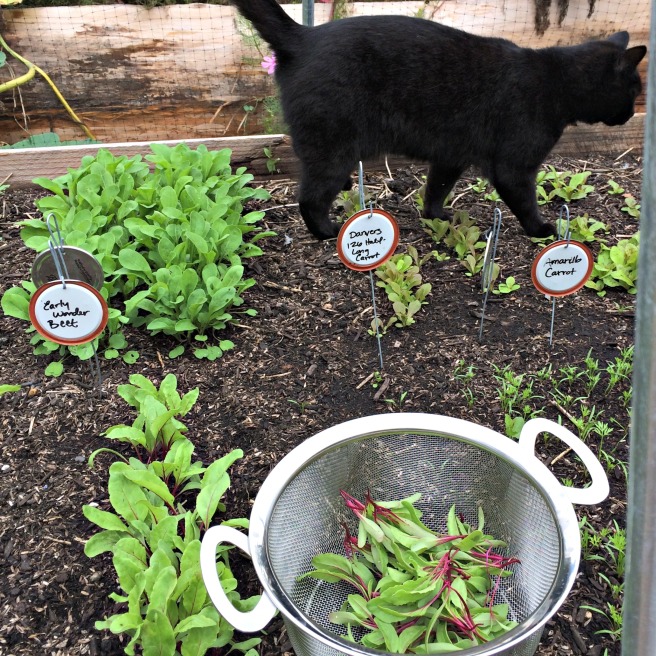
As always, I’d love to hear from you! What’s going on in your garden? What’s your feelings on seeding and thinning? Are you cats equally as helpful in the garden?


